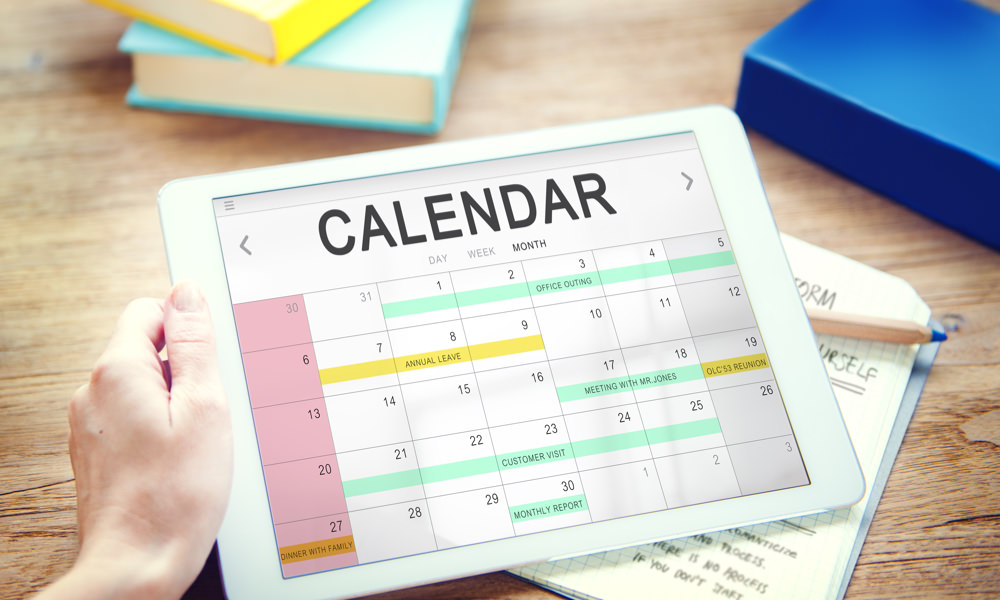“Know your priorities and identify the five powerful action steps that you intend to take to move your initiatives forward each day. If you go to a tree with an axe and take five whacks at the tree every day, it does not matter if it is an oak or a redwood; eventually, the tree has to fall.”
Jack Canfield
Do you feel you are too busy to make prioritisation part of your working life? If so you have got yourself stuck in a horribly ironic loop. Intelligent prioritising the best way to get things back in perspective, free up time and get things done. If you are feeling overwhelmed, this is the perfect time to remember that it is not about how busy you are, it is what you are busy focusing on that counts. Here’s how to add solid prioritisation skills to your workplace toolbox.

About prioritising with confidence
“The key is not to prioritise what’s on your schedule, but to schedule your priorities.”
Stephen Covey
With a to-do list as long as your arm, it is easy to get lost in multiple tasks clamouring for your attention. If you do not prioritise you end up with a situation where the people who shout loudest – the squeaky wheels – get your attention, and in the meantime, your list of stuff to do just keeps on growing. It can feel like there’s no room to stop, smell the coffee and prioritise strategically. However, what, exactly does prioritising involve?
Prioritisation is first and foremost about managing yourself: how you allocate your time, energy, resources and the people involved in whatever you are doing. Ring fencing time to think through what’s important is key to slicing through an ever-growing to-do list. On the other hand, clever prioritisation is not for the faint-hearted. When you are working on autopilot or multi-tasking, it cannot be done. It doesn’t work when it only involves collaborative discussions with managers and colleagues. It requires the ability sometimes say no, as well as yes. Above all, it needs you to focus with a clear mind and plenty of determination.
Fun with WIGS and PIGS
You might find Hermant Patil’s 4 Disciplines of Execution useful – some of our clients rate it highly, and we use it a lot. Patil talks about the whirlwind of everyday business and how vital it is to define your key strategic goals, your WIGS, AKA Wildly Important Goals, as well as the non-essentials, the PIGS – AKA the Pretty Important Goals that support your WIGS. The idea is that you give a robust and consistent focus to your WIGS, with the everyday PIGS that drive the business forwards coming a close second.

Most people find that they end up with three or four WIGS, critical goals that absolutely must be achieved to execute a strategic plan. When you have pinned those down, the other vital goals within the everyday whirlwind can be attended to. Once your PiGS are in a row, the rest of your to-do list of priorities will find their natural place in the pecking order.
21 tips to help you rock through your to-do list
1. Keep a diary on your desk, or an electronic diary open on your screen at all times
2. Enter all your key business events for the year into the diary, plus Bank Holidays, your holidays, and any other personal dates. Now you know what time you have to play with, and when
3. Do the same with meetings – diary the lot
4. Set rules about who can and can’t put tasks and meetings into your diary, to keep things under control
5. Observe the 80/20 rule – our perfectionism blog post provides some useful insight into harnessing the rule for better business
6. If you feel overwhelmed, stop. You should find that a change of scene will help you get your priorities back in order, whether it is a short walk in the fresh air, tidying your desk drawers or making a cup of coffee. Just ten minutes away from our desk will help you get things back in perspective, and your tunnel vision will have disappeared
7. Don’t let your email inbox run your life. Setting three times a day to deal with email – for example first thing, lunchtime and before you pack up for the day – will help you keep it under control, giving it the right level of priority
8. Leave social media alone – perhaps you could also set aside time three times a day to engage with it, rather than always checking every new tweet or message that pings your way
9. If your colleagues have a tendency to interrupt you, can you find a way to reduce the interruptions of restricting them to a prescribed time of day? Maybe you could implement an open door policy where you are interruptible when your door’s open, otherwise not to be disturbed unless it is urgent? There’s some fascinating insight in our recent blog
10. Book regular time out for yourself, to think through and plan priorities. Moreover, keep that time free – don’t let it get eaten up by meetings
11. Talking about meetings, maintain the number and length of meetings under strict control and only hold them when it is entirely necessary. Can the matter be dealt with by quick email, video link chat or phone call?
12. Once you have your priorities clear, move into action mode and develop some steady perseverance muscles
13. Keep your colleagues in the loop, always communicating and updating them with progress you are making
14. Enlist the help of others when you need it
15. Create an infectious, enthusiastic energy around you, so people get a kick out of helping you achieve your prioritised goals
16. Keep focused and remain open to feedback
17. Hold onto your WiGs for dear life, reviewing them regularly, thoughtfully and not too reactively. Remember priorities are just that – the real essentials, not necessarily everything you have on your list and not other people’s opinion about what you should prioritise
18. Once you have finished one prioritised task, give yourself a decent break before picking up the next – take a moment and slow down, recognising that you did it despite the pressure you were under. Breathe in that sense of completion
19. Catch time to quickly thank anyone who has helped you achieve the goal
20. Take regular breaks – scientific research reveals that the longer you work without a break, the less effective you become. Moreover, beware working long hours day after day, week after week. It will exhaust you, and you will end up less productive than ever
21. Eat well, enjoy fresh air, and switch off at the end of each working day – ideally, turn off your work phone altogether and stay away from work items on your home computer or tablet. It is better for your physical and emotional health to have times when work can be put down and then taken up again later at a point. Times that you run rather than the other way around
Professional support with prioritisation
When you get it right, excellent prioritisation skills can change your working life for the better. You will get more done, do it better and enjoy it more. If you would like to develop your ability to prioritise, then do get in touch.
About us:
We create the space for leaders to step back, think clearly, and navigate complexity with confidence. By sharpening the narrative that drives decisions, teams, and performance, we help leaders move forward with clarity and impact. Our approach blends deep listening, incisive challenge, and commercial focus—strengthening leadership at every level, from business transformation to boardroom decisions.
“We share resources that help coaches deepen their practice and expand their impact. The articles on this site are designed to spark fresh thinking, offer practical tools, and support the continuous growth of coaches at every stage. “
Jude Elliman
Founder
Our Core Approach:
We work with leaders to sharpen their thinking, strengthen their leadership, and navigate complexity with confidence. Our approach is built around three core areas:
Narrative Coaching – Working with the stories that shape leadership, teams, and organisations.
Commercial Focus – Cutting through complexity to drive clear, strategic decisions.
Challenge & Space – Asking the right questions while creating the space to reflect and grow.
Through this, we help leaders drive transformation, align teams, and make high-stakes decisions with clarity and impact.
